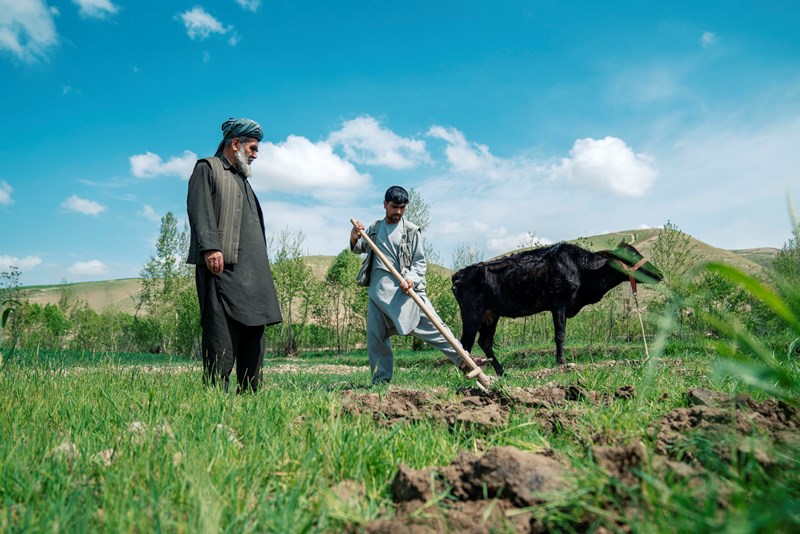Climate-related droughts, flash floods, locust swarms, and an economic crisis caused by the Taliban seizing power in August 2021 after decades of protracted conflict have left Afghanistan teetering on the brink with close to two-thirds of the population (nearly 30 million people) now in need of emergency aid.
More than 15 million Afghans - around 40 percent of the population - are struggling to meet their basic nutritional needs, the UN’s World Food Programme (WFP) data shows. Meanwhile 3.2 million children under the age of five are acutely malnourished, stunting their physical and mental development.
“Afghan families are staring down the barrel of hunger, disease and even potential death as winter approaches,” says the UN’s Office for the Co-ordination of Humanitarian Affairs (UNOCHA) in its latest country report, in which it also reveals a staggering US$1.3 billion funding shortfall.
“Only a short window of opportunity exists to bring in vital assistance and supplies before the lean season and winter starts, and lives are lost,” the report notes.












